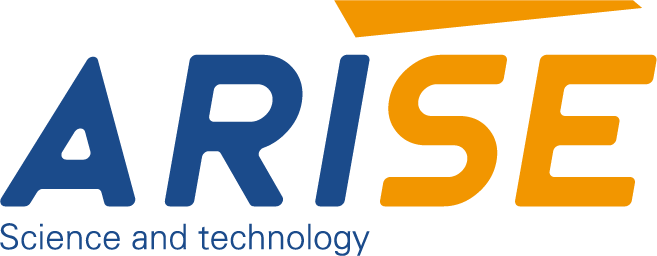How Printing Inspection Systems are Contributing to Sustainable Printing Practices
The printing industry is undergoing a revolutionary shift toward sustainable processes in an era when environmental consciousness is crucial. The integration of printing quality inspection systems is a crucial participant in this green revolution. This article examines how printing inspection systems play a critical role in supporting sustainability in the printing industry, focusing on how these technologies contribute to eco-friendly and resource-efficient printing processes.
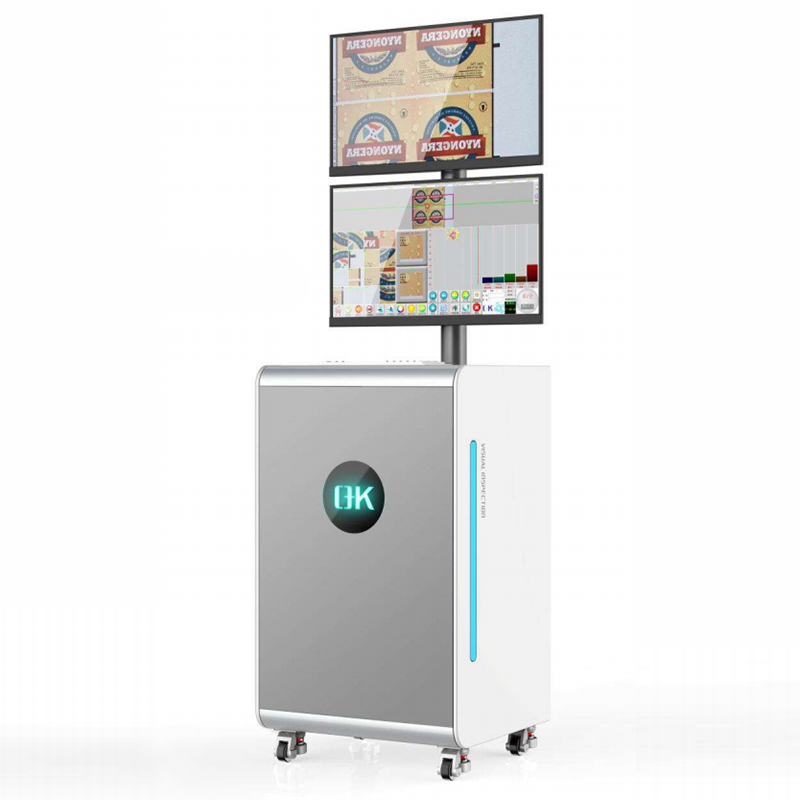
Understanding Printing Inspection Systems
Advanced technologies are used in printing inspection systems to detect errors, validate print quality, and maintain uniformity throughout the production process. Web inspection machines are intended to detect and correct flaws in printed documents, ensuring that the final product fulfills set quality requirements. Their importance lies in enhancing the overall printing process by minimizing errors, reducing waste, and maintaining a high level of precision.
Printing quality inspection are made of 3 key components including cameras and sensors, lighting systems and processing units.
Cameras and Sensors: Cameras with high resolution acquire detailed photographs of printed materials, while sensors detect color, registration, and other crucial properties.
Lighting Systems: Proper lighting is required for accurate image capturing. Specialized lighting is frequently used in inspection systems to highlight specific features for study.
Processing Units: The collected photos are analyzed by advanced processors and software, which compare them to established standards and find any deviations.
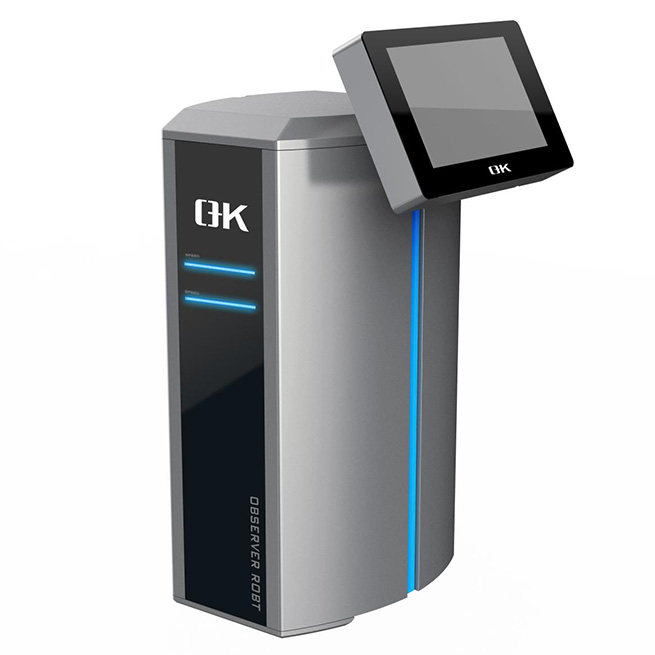
Key Aspects of Printing Inspection Systems Contributing to Eco-friendly Printing Processes
1. Reducing Waste through Precise Defect Detection
One of the most important ways printing inspection systems help to sustainability is through precise fault identification. These printing inspection machines can detect and rectify faults in real time thanks to high-resolution cameras and advanced algorithms.. By catching errors early in the production process, printing inspection systems significantly reduce the need for reprints, ultimately decreasing the volume of wasted materials.
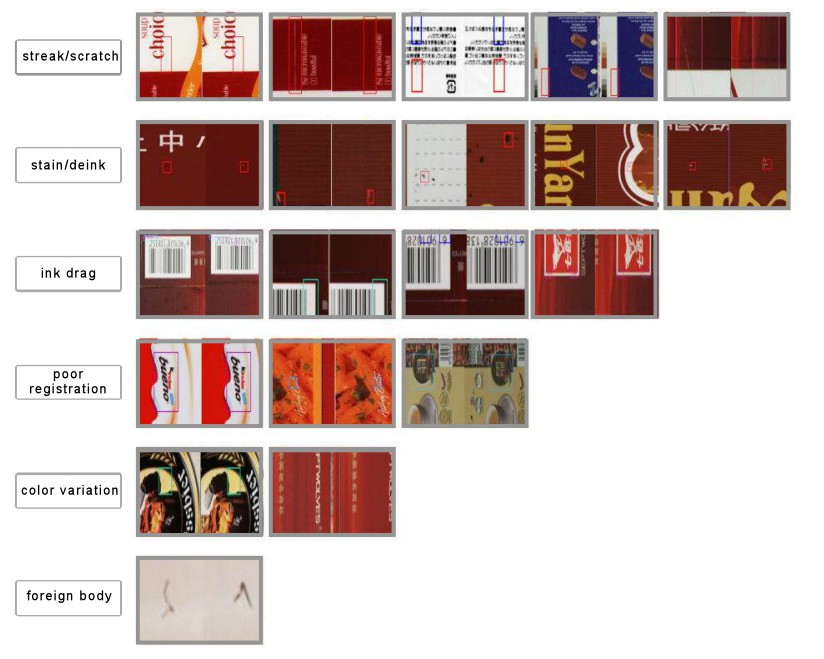
2. Optimizing Energy Consumption
Modern printing inspection systems are built to be energy efficient. The use of low-energy LED lights and energy-efficient CPUs assures that these systems have no influence on the environment. Printing inspection technologies help to reduce the carbon footprint associated with printing operations by optimizing energy use.
3. Utilizing Recyclable and Sustainable Materials
Printing inspection sustainability extends beyond the inspection procedure to the materials used. Many inspection methods are built to function with recyclable and sustainable materials. This devotion to environmentally friendly materials adds to the overall sustainability of the printing supply chain, bolstering the industry’s commitment to responsible sourcing and production.
4. Digitalization for Paperless Workflows
A significant stride towards sustainability lies in the digitalization of printing inspection processes. By embracing paperless workflows, where inspection data is stored and analyzed digitally, these systems reduce the reliance on physical documentation. This not only conserves paper but also streamlines processes, leading to increased operational efficiency and decreased environmental impact.
5. Lifecycle Assessment and Responsible Disposal
Printing inspection systems are now subject to comprehensive lifecycle assessments. Manufacturers are increasingly focused on designing systems with recyclability in mind, considering responsible disposal practices and the development of equipment with extended operational lifespans. This commitment to a sustainable lifecycle for inspection systems complements the overarching goal of reducing electronic waste.
6. Remote Monitoring and Predictive Maintenance
Printing inspection system sustainability comprises improving resource consumption through remote monitoring and predictive maintenance. These skills enable proactive equipment management, assisting in the identification and resolution of possible issues before they worsen. Printing inspection systems lead to a more sustainable use of resources by reducing emergency repairs and downtime.
7. Employee Training for Sustainable Practices
Sustainability in printing inspection is about more than just new technologies; it is also about the people who operate and maintain these systems. Employee training programs that focus on sustainable methods, waste reduction, and energy efficiency guarantee that everyone involved in the printing process contributes to the ultimate aim of minimizing environmental effect.
8. Certifications and Adherence to Standards
Printing inspection systems are increasingly integrated with industry requirements and environmental certifications. FSC (Forest Stewardship Council) certification ensures responsible material sourcing while also promoting sustainable forestry practices. Adherence to these certificates demonstrates the printing industry’s commitment to ecologically responsible operations.
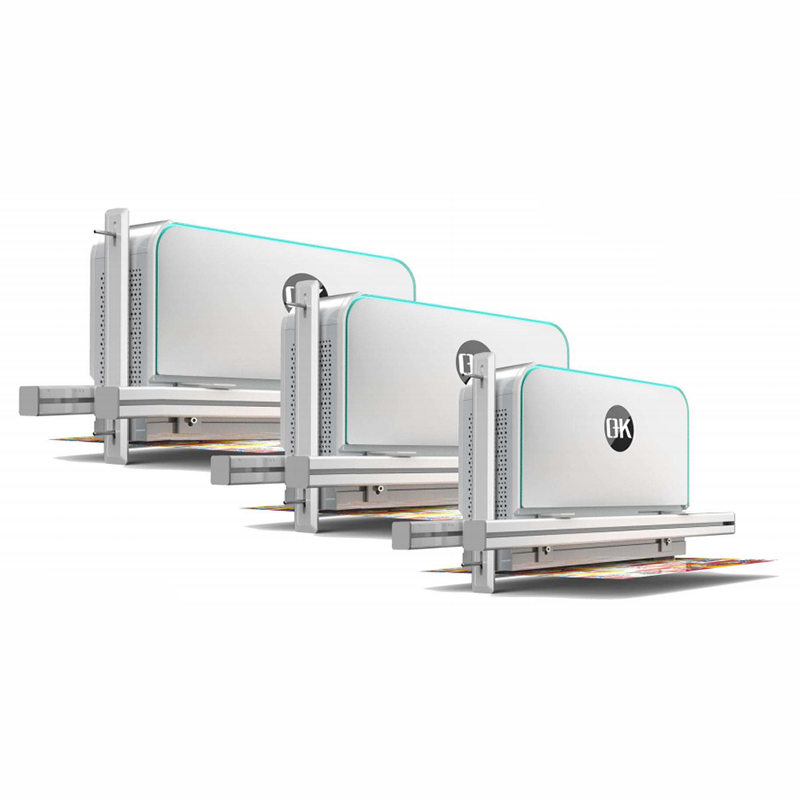
Conclusion
As the printing industry progresses toward sustainability, printing inspection systems emerge as advocates of environmentally responsible methods. The adoption of sustainable printing practices not only benefits the environment, but also positions the printing sector as a responsible resource steward, contributing to a greener and more sustainable future.
